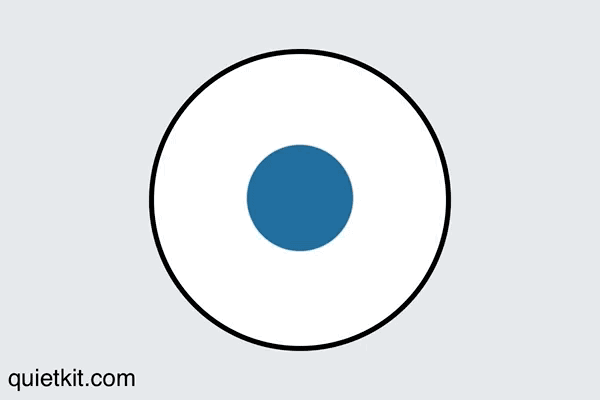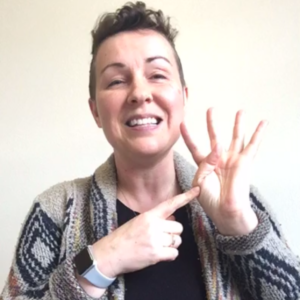Do you believe you can have the self-care that you want?
When it comes to self-care, have you thought:
I don’t have the time.
I feel guilty for focusing on myself.
I don’t even know where to start.
It can be overwhelming to imagine making any big changes. Especially right now, in this transitional phase between the isolation of the pandemic and resuming some in-person activities.
The pandemic and all the emotions that have come with it are still very much with us and yet things are changing.
You’re making new decisions. You’re getting more social invitations. You’re deciding how much energy you have. When do you need to start saying ‘no’ to people again? (We haven’t had to exercise our ‘no’ muscle in a while!)
The one thing you can do right now
Here’s one simple thing to help move you forward a little bit. One thing to do if you feel stuck, not knowing what to do next.
Start where you are.
Ask yourself:
- Where am I now?
- How am I doing now?
- What am I experiencing?
- What’s alive in me right now?
Take the quiz
This fun, short quiz helps you take stock of the areas where you may or may not be:
💞 showing up for yourself
💞 giving away your energy
💞 aligning with your life goals and values
…and come away with an idea of where you’re at.
The place to start is always exactly where you’re at.
The next step
Once you’ve gone through the quiz, take a look at your result.
Are you up in flames? Is the check engine light on? 🔥
Are you feeling great? Are your systems and your routines supporting you? 🥳
How do you feel about your result? What does it feel like in your body?
😞 Disappointment
😢 Sadness
😡 Anger
😄 Excitement
🥰 Pride
Take a moment now to check in with where you’re at and how you feel about it. This might be uncomfortable! That’s ok.
Feeling the discomfort, naming what you’re feeling, breathing through it, and doing the next right thing is building your nervous system’s capacity! You’re doing great.

Photo by Diana Simumpande
When you’re done
Head on over to our private Facebook group to share your score with us and let us know how this was for you.
What’s Happening at Burnout Proof Academy
It’s been a fairly quiet summer here at Burnout Proof Academy, but we have an exciting book club going right now that you can still jump in on!

Who were you, before you learned to be good?
Speaking directly to anyone who relates to putting others’ needs and feelings before your own, Untamed, by Glennon Doyle, reconnects us to the wild inside each of us.
Join Burnout Proof Book Club as we read Untamed by Glennon Doyle. Come create community and grow your support system as you learn and practice what it means for you to quit pleasing and start living.
All you need to do:
- Enroll in the course
- Purchase and read or listen to UNTAMED
- Answer discussion questions for each section of the book
- Participate in the Live Discussions or watch the recordings
- Receive 1.1 GS RID CEUs!
Click here for more info + instant access





















